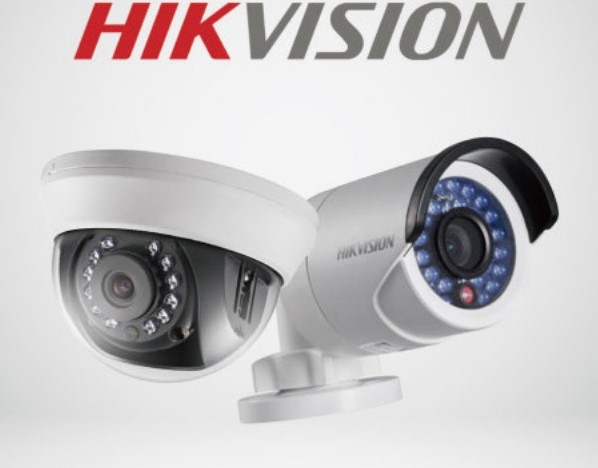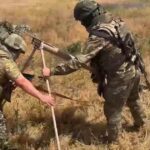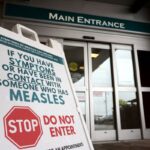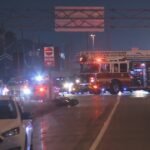In an unprecedented move that signals growing concerns over national security, the Canadian government has ordered Chinese surveillance giant Hikvision to cease all operations within the country. The directive, announced yesterday by Public Safety Minister Marco Mendicino, gives the company just 30 days to wind down its Canadian business activities amid mounting evidence of security vulnerabilities in its technology.
“After careful consideration of intelligence reports and consultation with our security partners, we have determined that Hikvision products pose a significant risk to Canadian critical infrastructure and citizen privacy,” said Mendicino during a press conference in Ottawa. “This decision was not made lightly, but the protection of Canadian national security interests must take precedence.”
The ban follows a comprehensive two-year security assessment conducted by the Communications Security Establishment (CSE) and Canadian Security Intelligence Service (CSIS), which reportedly uncovered critical vulnerabilities in Hikvision’s surveillance systems. According to government sources who spoke on condition of anonymity, these vulnerabilities could potentially allow unauthorized access to sensitive data captured by the company’s cameras installed throughout Canadian government facilities.
Hikvision, partially owned by the Chinese state, has grown to become one of the world’s largest surveillance equipment manufacturers, with its cameras deployed across numerous Canadian institutions, including government buildings, airports, and commercial facilities. The company’s Canadian subsidiary, which employs approximately 300 people, generated an estimated $450 million in revenue last year.
In response to the ban, Hikvision issued a strongly worded statement rejecting the security allegations as “unfounded and politically motivated.” The company’s spokesperson, Liu Wei, stated, “We have always adhered to the highest international security standards and have cooperated fully with Canadian authorities. This decision appears to be driven by geopolitical tensions rather than legitimate security concerns.”
The move aligns Canada with several of its international allies, including the United States, United Kingdom, and Australia, which have already implemented similar restrictions on Chinese surveillance technology. The U.S. Federal Communications Commission banned Hikvision equipment in 2022, citing “unacceptable risks to national security.”
Canadian business analysts predict significant implications for both the surveillance industry and Canada-China relations. “This ban creates immediate challenges for thousands of Canadian businesses and organizations that currently use Hikvision equipment,” noted Samantha Chen, technology security analyst at the Royal Bank of Canada. “The replacement costs alone could exceed $1.2 billion nationwide.”
The Chinese embassy in Ottawa condemned the decision as “blatant suppression of Chinese companies” and warned of potential retaliatory measures against Canadian businesses operating in China. “This politically-driven decision violates market principles and international trade rules,” said embassy spokesperson Lin Jian. “China reserves the right to take all necessary measures to protect the legitimate rights of Chinese enterprises.”
Parliamentary opposition has been divided on the issue. Conservative leader Pierre Poilievre supported the ban but criticized the government for “acting too slowly on obvious security threats,” while NDP leader Jagmeet Singh called for comprehensive assistance to small businesses affected by replacement costs.
The Canadian Chamber of Commerce has requested urgent clarification on the timeline and process for compliance, expressing concerns about the short implementation window. “Many critical facilities, including hospitals and transportation hubs, will need significant time and resources to transition away from these systems,” said Chamber President Perrin Beatty.
As Canadian institutions scramble to comply with this directive, serious questions emerge about surveillance technology and national security in an increasingly digital world. How will we balance the legitimate need for security systems against the growing risks of foreign surveillance capabilities, and what does this decision signal about the future of technology oversight in democratic societies?
























